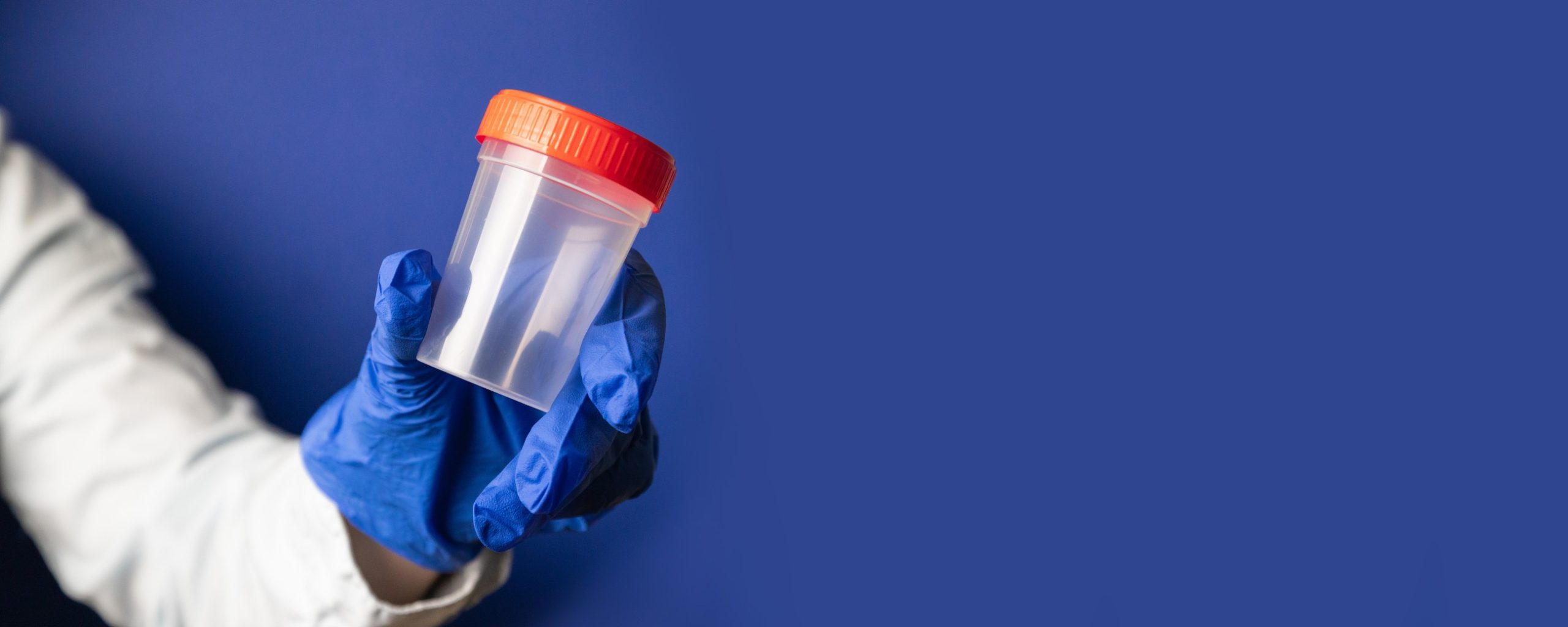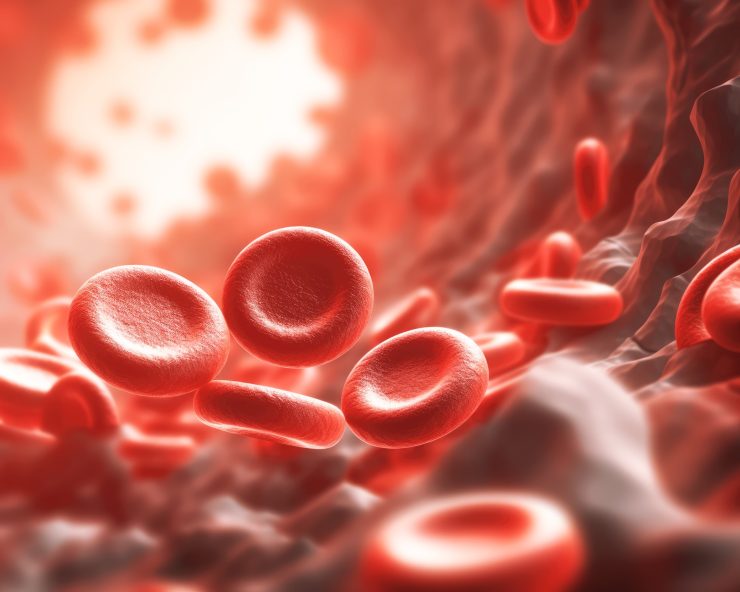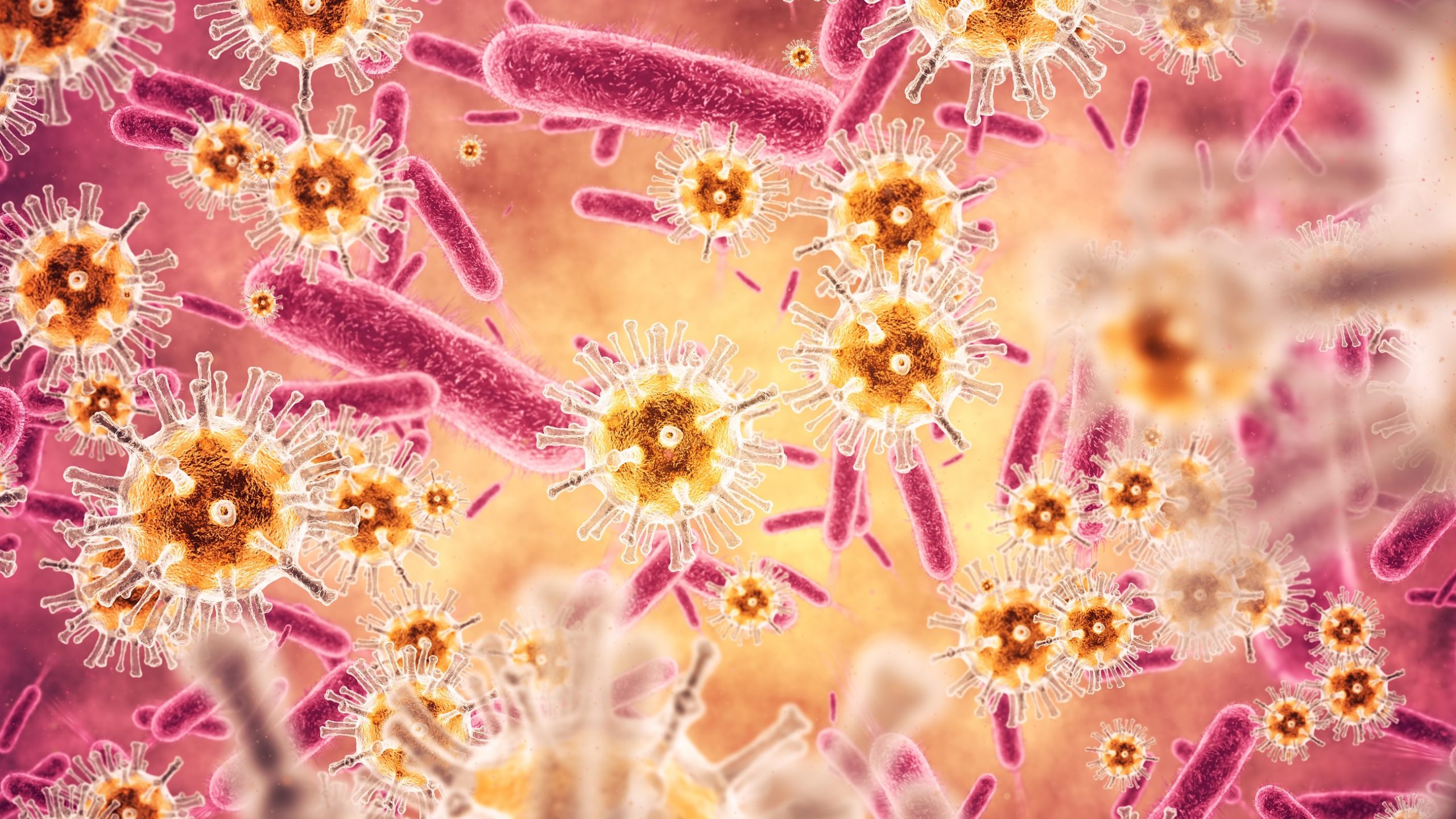 We only manufacture FMT products using stool from our approved donor pool, all of whom have been carefully screened for aspects including their lifestyle, occupation, attitude, and dietary approach. The screening includes a thorough assessment of their medical history and that of their closest relatives. We even investigate their birth method (if known), their mental health condition, weight history, and their motivation for wanting to become a donor. Our donor application questionnaire is regularly updated, considering the latest research, to identify factors which may impact the gut microbiome of potential donors.
We only manufacture FMT products using stool from our approved donor pool, all of whom have been carefully screened for aspects including their lifestyle, occupation, attitude, and dietary approach. The screening includes a thorough assessment of their medical history and that of their closest relatives. We even investigate their birth method (if known), their mental health condition, weight history, and their motivation for wanting to become a donor. Our donor application questionnaire is regularly updated, considering the latest research, to identify factors which may impact the gut microbiome of potential donors.Following the screening process, potential donors must also pass stool tests and blood tests before becoming an approved donor. Approved donors undergo monthly stool testing for every month that they donate, and blood testing minimum every 3 months.
Our donor approval process includes assessing and verifying details including:
- Their work environment.
- BMI.
- Lifestyle (exercise, diet, smoking, drug use, alcohol use etc.).
- Bowel movement frequency and type (referenced against the Bristol Stool Chart), and any issues or use of medications related to their stool.
- Dental health, including any dental surgery or fillings.
- Any tattoos, piercings, acupuncture or needlestick injuries within the past 6 months.
- Any metabolic syndrome (such as being overweight, having high blood pressure, fatty liver and/or diabetes).
- Any type of active or past cancer or autoimmune disease.
- Health risk factors for HIV, syphilis, Hepatitis B, Hepatitis C, prion infection, or any neurological disease.
- Any gastrointestinal comorbidities, e.g., inflammatory bowel disease, irritable bowel syndrome, chronic constipation, or diarrhoea.
- Any blood transfusions in the past 6 months.
- Any use of antibiotics in the past 2 years.
- Receipt of any systemic immunosuppressive agents at any time.
- Receipt of any type of live vaccine within 6 months prior to stool donation.
- Whether they are currently or have previously undergone chemotherapy treatment.
- Their mental health, including depression or other mental illness (their personal mental health and any family history of such conditions).
Our Testing
Blood Test Targets

The donor blood sample was screened for:
Haematology Profile
Haemoglobin, HCT, Red Cell Count, MCV, MCH, MCHC, RDW, Platelet Count, MPV, White Cell Count, Neutrophils, Lymphocytes, Monocytes, Eosinophils, Basophils, ESR
Liver Functions
Bilirubin, ALT, AST, Total Protein, Alkaline Phosphatase, Albumin, Globulin, Gamma -Gt
Urea and Electrolytes
Sodium, Potassium, Chloride, Bicarbonate, Urea, Creatinine
Ferritin
C-Reactive Protein
Hepatitis A IgG/IgM
Hepatitis B Profile
Hepatitis C
Hepatitis E IgG/IgM
Syphilis IgG/IgM
Human Immunodeficiency virus (HIV) 1/2
HTLV Type 1 and 2,
Toxoplasma IgM/IgM
Tissue Transglutaminase
H Pylori IgG- must be negative
Cytomegalovirus (CMV) IgG/IgM
Epstein-Barr (EBV) IgG/IgM
Strongyloides Antibodies
Covid-19 antibodies
Stool Test Targets

The donor stool sample was screened for :
BACTERIA
Campylobacter (jejuni, coli and upsaliensis)
Campylobacter (C. jejuni/C. coli/C. upsaliensis). Campylobacter are gram-negative, non-spore forming, s-shaped or spiral bacteria that are usually motile. Most sporadic infections are acquired through ingestion of undercooked poultry or from cross-contamination of other foods.
Clostridium difficile (toxin A/B)
C. difficile is obligately anaerobic, gram-positive rods capable of forming hardy spores and are widespread in nature. These bacteria are acquired from the environment or transmitted via the fecal-oral route. Some C. difficile strains produce two enterotoxins, toxin A and toxin B, that damage the large intestine of the infected individual.
Salmonella
Salmonella enterica and S. bongori are the sole members of the Salmonella genus. Greater than 2,500 different serotypes of Salmonella have been recognised, with the majority of pathogenic serotypes being within the S. enterica species. These motile, rod-shaped, gram-negative, facultative bacteria are commonly recognised as a food contaminant associated with meat, poultry, produce, and manufactured products.
Vibrio (V. parahaemolyticus/V. vulnificus/V. cholerae)
Vibrio are motile, gram-negative, comma-shaped bacteria typically found in marine environments and infections are associated with consumption of contaminated food, particularly in coastal regions.
Plesiomonas shigelloides
Plesiomonas shigelloides, gram-negative rod-shaped bacteria and members of the Enterobacteriaceae family, are isolated from a wide range of environmental sources including freshwater and many animals, both wild and domestic. P. shigelloides gastroenteritis often follows consumption of seafood, as well as contaminated water used for drinking or used in preparing uncooked foods.
Yersinia enterocolitica
Yersinia enterocolitica small, gram-negative bacilli, which generally appear as single cells or short chains. Y. enterocolitica is transmitted through ingestion of contaminated food or water, often raw undercooked meats (especially pork).
Diarrheagenic E.coli/Shigella
Pathogenic E. coli/Shigella are a significant cause of diarrheal illness worldwide.Five major Diarrheagenic E. coli/Shigella pathotypes are Enteroaggregative E. coli (EAEC), Enteropathogenic E. coli (EPEC), Enterotoxigenic E. coli (ETEC), Shiga-like toxin-producing E. coli (STEC), and Shigella/Enteroinvasive E. coli (EIEC).
1.Enteroaggregative E.coli (EAEC)Transmission of EAEC is generally by the fecal-oral route via contaminated food and water. EAEC cause an inflammatory diarrheal illness characterized by watery and sometimes bloody stool, accompanied by low grade fever, vomiting, and abdominal pain.
2.Enteropathogenic E.coli (EPEC)
Enteropathogenic E. coli (EPEC) do not produce enterotoxins or Shiga-like toxins. Rather, EPEC contain additional virulence factors including those encoded by the chromosomal locus of enterocyte effacement (LEE) pathogenicity island.
3.Enterotoxigenic E. coli (ETEC)
The presence of heat-labile and/or heat-stable enterotoxins defines Enterotoxigenic E. coli (ETEC). These toxins (which may be found together or separately in ETEC strains) bind to intestinal epithelial cells triggering loss of electrolytes resulting in watery diarrhea.
4.Shiga-like toxin-producing E. coli (STEC), including E. coli O157
There are two main types of Shiga-like toxins, Shiga-like toxin 1 (Stx1) and Shiga-like toxin 2 (Stx2) (also known as verotoxins). Shiga-like toxin-producing E. coli (STEC) may contain either one or both stx genes. STEC are a primary cause of bloody diarrhea
5.Shigella/Enteroinvasive E. coli (EIEC)
There are four subgroups of Shigella species: subgroup A (S. dysenteriae), subgroup B (S. flexneri), subgroup C (S. boydii), and subgroup D (S. sonnei). All Shigella are non-motile, gram-negative rods which are typically transferred through person-to-person contact or ingestion of contaminated food or water (humans and other primates are the only known animal reservoirs). Infections are most common where hygiene is compromised.
PARASITES
Cryptosporidium
It is a genus of protozoa capable of causing infections of the human stomach, intestine, and biliary ducts following ingestion of chlorine-tolerant oocysts which are shed in faecal material and can contaminate drinking water, recreational water, or food.
Cyclospora cayetanesis
They are parasitic protozoa that cause gastroenteritis in humans, which are the only known hosts. Unsporulated oocysts are disseminated in feces. After a period of maturation (days to weeks), the oocysts become infectious and can cause illness if ingested through contaminated food or water.
Entamoeba histolytica
Entamoeba histolytica pathogenic protozoa which are found worldwide with a particularly high prevalence in tropical and subtropical regions. E. histolytica cysts are generally ingested from materials contaminated with feces, such as food and water, but infection may also be transmitted sexually.
Giardia lamblia
Giardia lamblia (also referred to as G. duodenalis and G. intestinalis) are intestinal flagellate parasites found world-wide.Transmission occurs through ingestion of contaminated food or water.
VIRUSES
Adenovirus F 40/41
Adenoviruses are double-stranded DNA viruses of the Adenoviridae family that cause a variety of diseases including respiratory illness and gastrointestinal illness. They are resistant to chemical and physical damage and are thus persistent in the environment, facilitating transmission.
Astrovirus
Astroviruses (RNA viruses of the family Astroviridae) are named for their characteristic star-like structure and are found in a variety of animals, including birds and mammals.
Norovirus GI/GII
Noroviruses are highly contagious members of the Caliciviridae family of RNA viruses.
Rotavirus A
Rotaviruses are double stranded RNA viruses of the Reoviridae family and are the single most important etiologic agents of severe diarrheal illnesses in infants and young children worldwide.
Sapovirus
Sapovirus (Genogroups I, II, IV, and V). Sapovirus is a Calciviridae family member that is similar to Norovirus
Covid-19
Sophisticated manufacturing techniques are used to separate, isolate and store the living and active Microbiome from the other normal waste components in the stool. TML.Science® FMT Implants contain the active microbiome fractions. We form a concentrated extract of the human lower gut microbiome.
We are a supplier of microbiota implants of guaranteed quality and safety, without the unnecessary waste materials that no recipient needs or would benefit from receiving.















